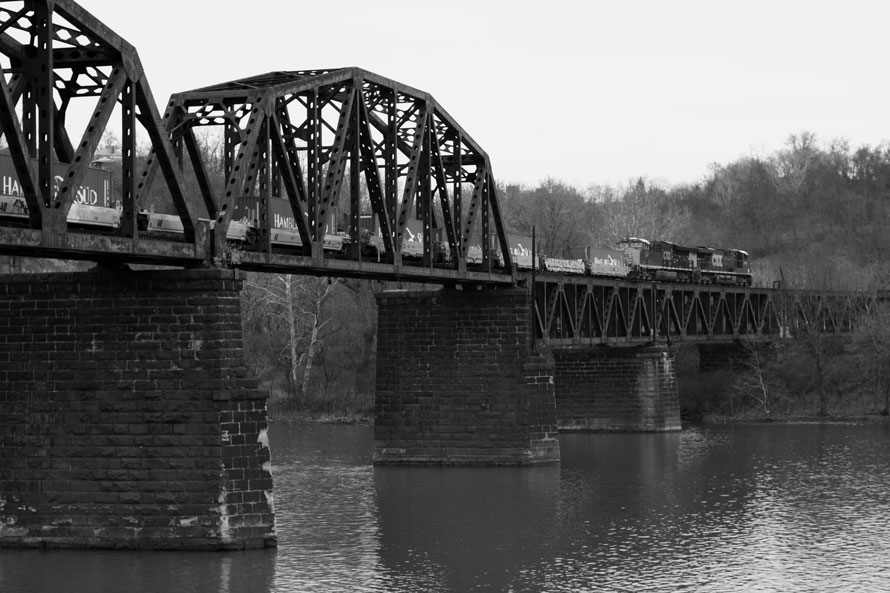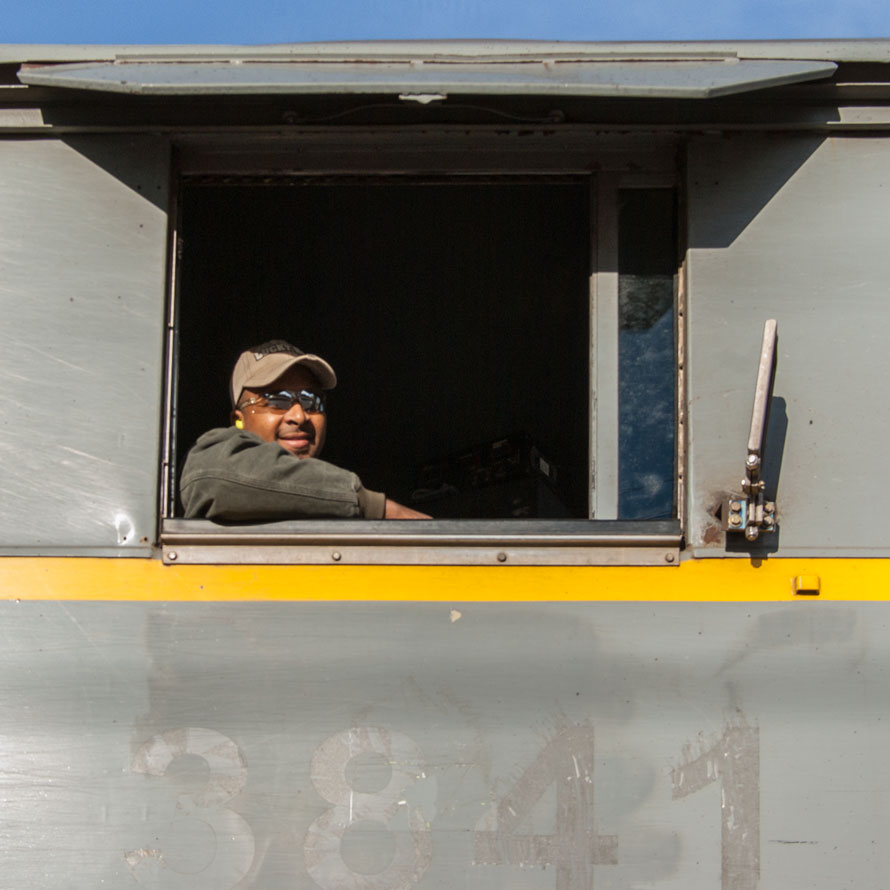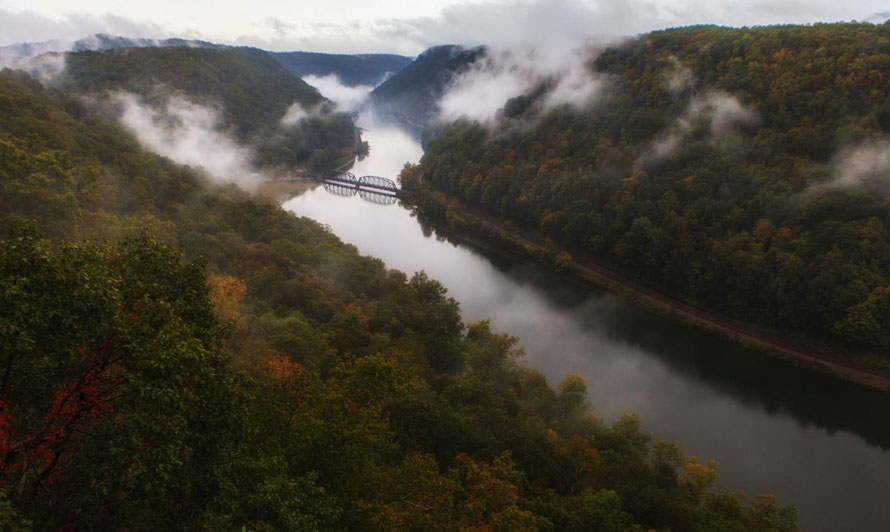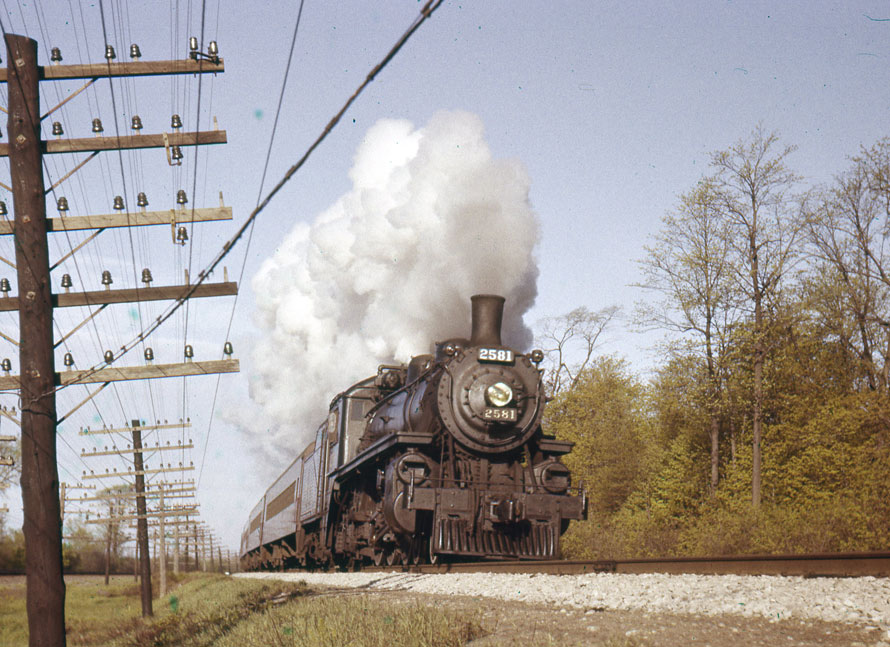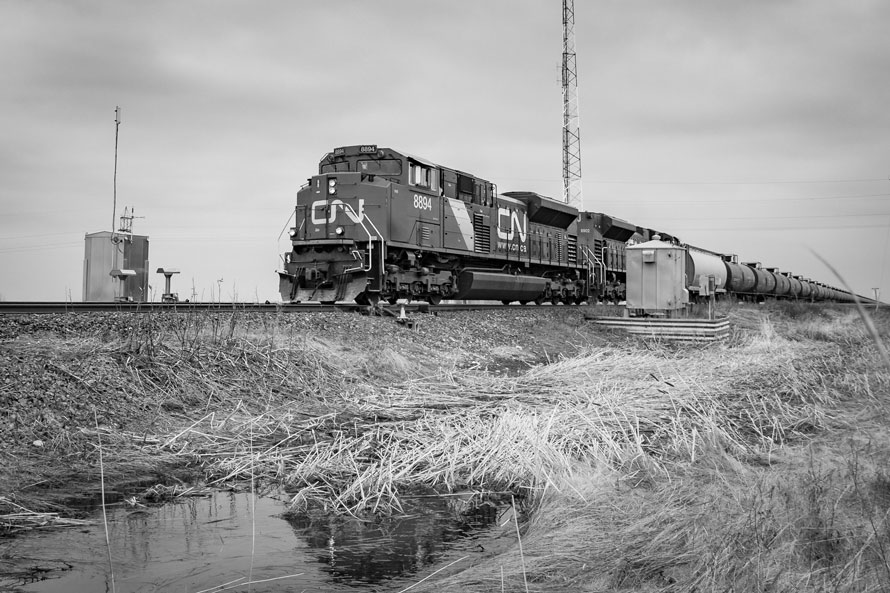
Railfans have been around for a long time—perhaps as long as there have been trains. Even before early railfan photographers like Lucius Beebe and Charles Clegg, no doubt there were people who observed train movements and took notes.
Today’s railfans are generally a sophisticated lot, tapping online forums and Facebook groups, listening to radio scanners and watching rail cams, exchanging emails and text messages and tracking every “special” locomotive and railcar.
However, they have nothing on the robot railfans, employed by the railways to keep a close eye on their trains. These tireless observers watch the trains, day and night, through sunshine and sleet, looking for trouble and reporting on it. With far fewer people trackside these days to give visual inspections, these devices are the last line of defence against defects and derailments. Read more
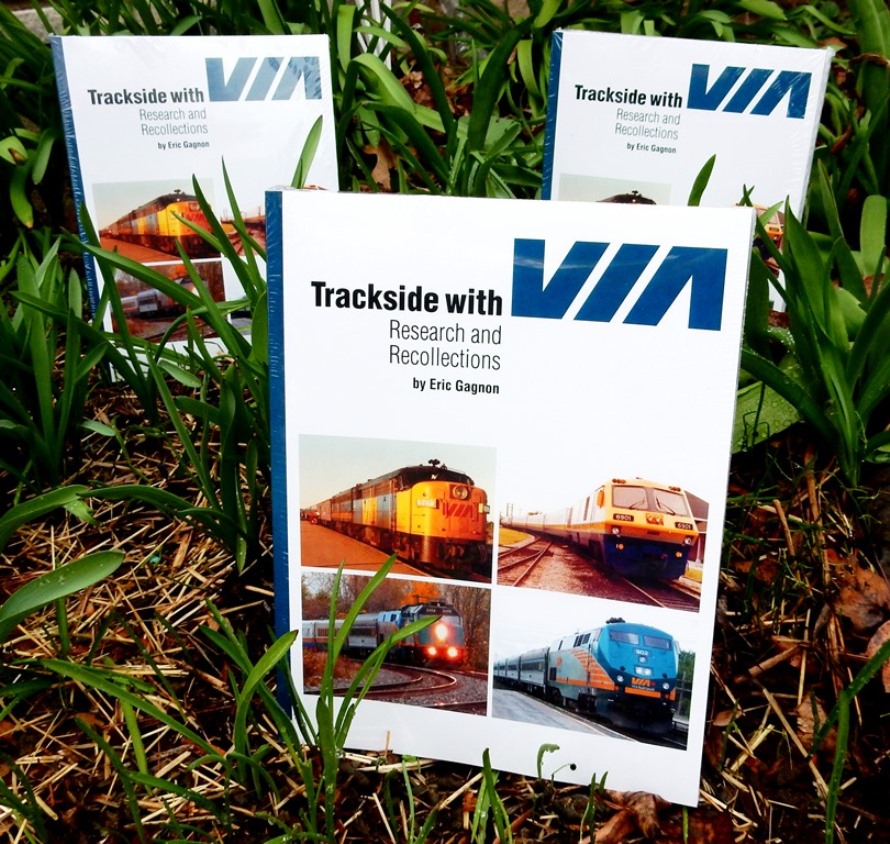 The Trackside Photographer is pleased to announce the publication of a new book by contributor
The Trackside Photographer is pleased to announce the publication of a new book by contributor 